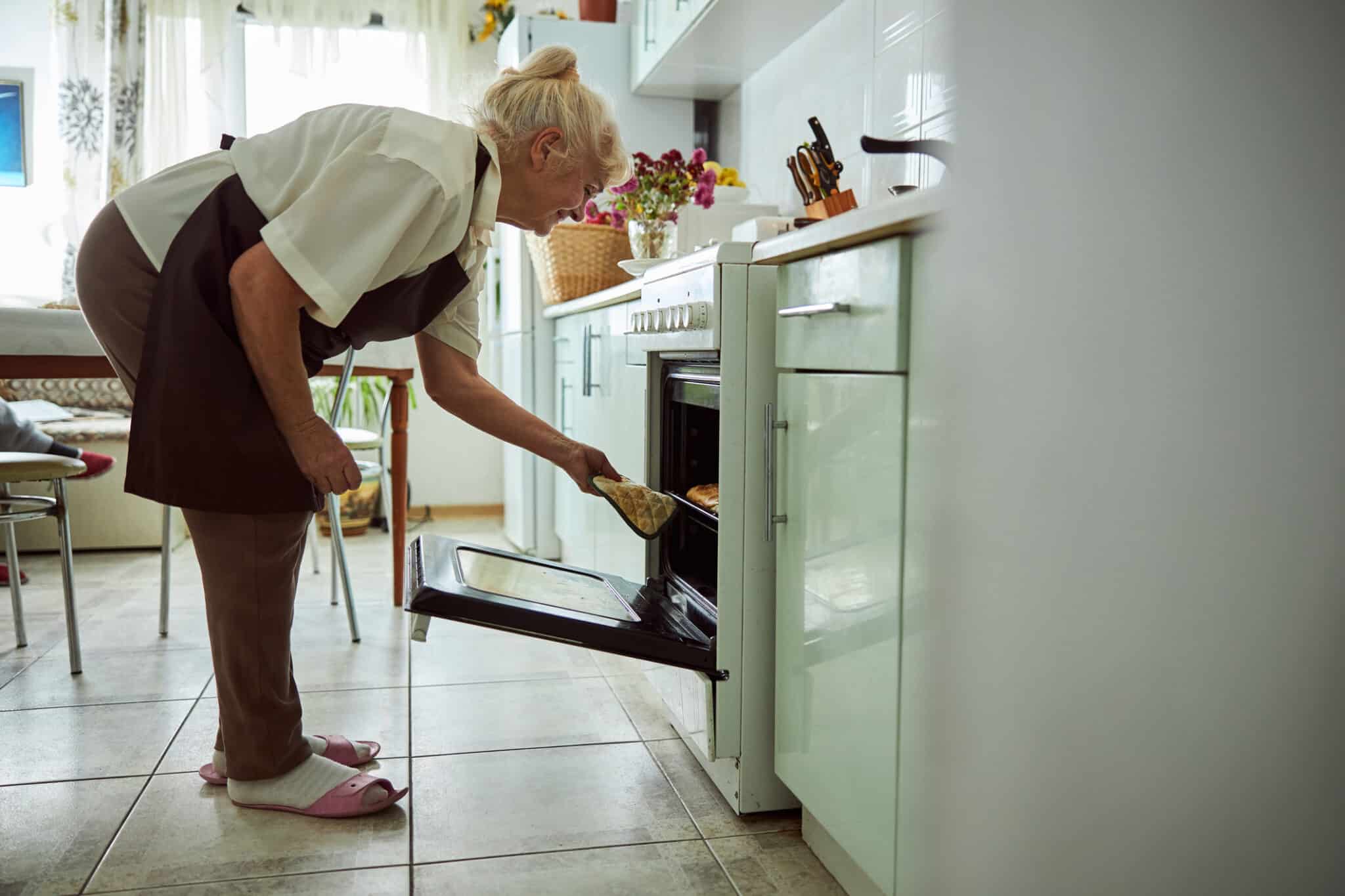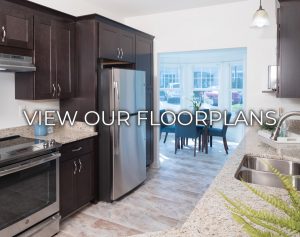According to a national survey by Capital Caring Health and WebMD, almost 90 percent of all adults ages 50 or older prefer aging in place at home. However, as you get older your health may affect your ability to maintain or safely move around in the house. If you plan to remain home, you need to assess whether your home is safe for you age in place.
Factors to Consider for Aging in Place at Home
Accessibility
Your family home is probably not designed to be accessible by assistive devices (e.g. walkers and wheelchairs). Thick carpets can impede assistive devices, throw rugs can trip you up and stairs and steps that were once no problem can become real safety concerns, making aging in place not only difficult but dangerous. Depending on your home, modifying it to be accessible and safe may require structural changes, outdoor ramps, stair lifts and other renovations. For a look at potential costs, view AARP’s Can You Afford to Age in Place?
Unlike homes, modern senior living communities are designed and built with accessibility as a top priority. Spaces are constructed so all residents can move easily and safely from one area to another within their apartments and around the community regardless of mobility challenges.
Lighting
Your vision changes as you age. Rooms in your home that may be bright now will seem darker. According to the National Lighting Bureau’s Lighting for Seniors, these changes mean lamps and other light sources are no longer enough for activities, especially reading, and more natural light (i.e. real or simulated) is great for seeing as well as sleeping well and feeling well.
Poor lighting presents safety risks. As you age, your eyes will have a smaller field of vision. If there are items in your walking path that aren’t visible to you, it’s very likely you could fall.
Senior living communities understand lighting needs that account for aging eyes. Residences and community spaces are brightly lit and incorporate lots of windows for natural lighting. Maintaining season-appropriate lighting helps reduce conditions like Seasonal Affective Disorder, a type of depression associated with darker winter days.
Bathrooms
Staying safe in the bathroom and managing your personal care routines can become challenging when aging in place. Your bathroom can eventually pose several safety problems due to condensation, slippery surfaces (e.g soapy tubs and showers) and toilets that are too low. Other problems arise if you have joint pain and cannot turn faucets on or off or adjust them for temperature. Understand how to make your bathroom(s) safe when aging in place in AARP’s Make Your Home’s Bathrooms Safe.
Grab bars, elevated toilets and easy-to-use fixtures are all included in residences. You can also expect emergency alert systems just bathrooms in case you need help.
Kitchens
Your kitchen may be the heart of your home, but it can also be a dangerous place at any age. When you factor in vision and mobility problems, lack of agility, slower fine motor skills, less physical strength and even simple forgetfulness, your kitchen may become unsafe for aging in place.
According to Consumer Reports’ 7 Scariest Kitchen Accidents, risks in your kitchen include fires; lacerations from knives and food processors; shattered cookware; burns from stoves, ovens and microwaves; and immersion blender injuries. Other potential risks include slipping on wet floors, forgetting to turn off the stove, falling off a stool when reaching for items, and straining and hurting yourself when lifting heavy items from lower cupboards.
You can renovate your kitchen to be senior-friendly, or you can consider the spacious, modern accessible kitchens senior living communities offer. Plus, you’ll have convenient access to chef-prepared meals – saving you the hassle of cooking.
Transportation
Even if you consider yourself a responsible driver, statistically, there will be a day when driving is no longer safe for you and the public. When aging in place, lack of transportation can increase the loss of independence and isolation, which can lead to serious health conditions.
Local transportation is always available in senior living communities. Therefore, you can remain independent without having to rely on and arrange transportation from your family.
Aging in place in a home that has served you well for many may not be ideal for getting older. Renovations may be needed to make your home safe and accessible to accommodate your needs as you age. Not only can these project be a hassle but they can be quite costly. We touch on this issue in our Cost of Senior Living Versus Aging at Home blog post.
When planning for the long term and considering aging in place at your home, you need to consider your home’s accessibility, lighting, bathroom(s), kitchen and the renovation costs to make your home safe for aging as well as transportation. After all, the best choice is one where you can live safely and healthy.
To help you make the right choice among senior living care options download our Stay or Go Guide.






